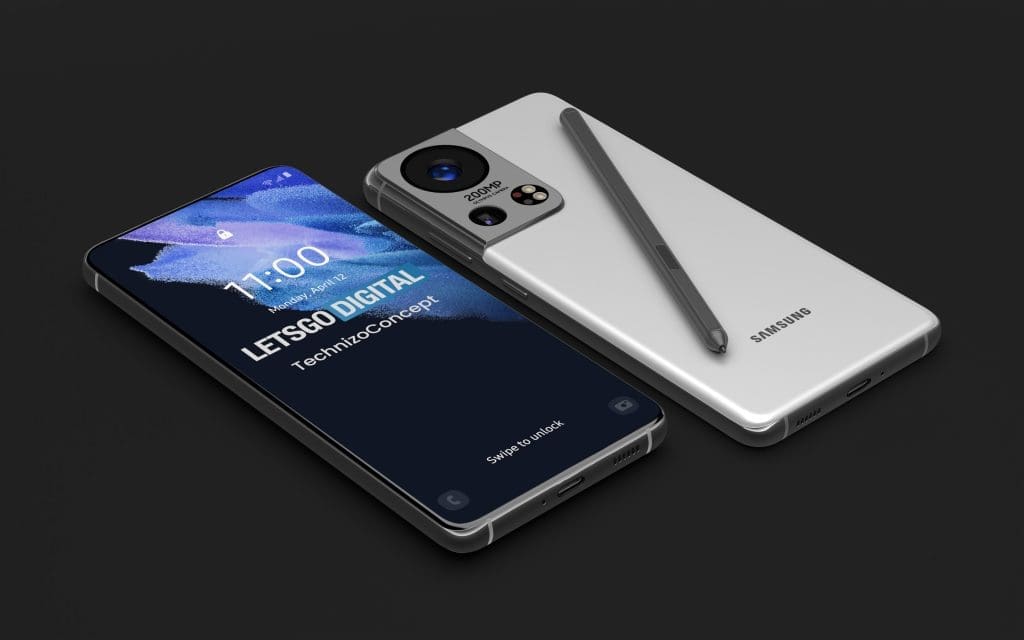Samsung’s newest cellphones, like the previous generation, do not include a charger in the package, forcing buyers to purchase one separately. Of course, Samsung has its chargers to upsell you, but can you use an old charger with your new smartphone? After all, you’ll save money this way.
As a refresher, Samsung’s Fast Charging 2.0 standard allows the Galaxy S22 Plus and Galaxy S22 Ultra to charge at a faster rate of 45W. This is an increase from the previous year’s 25W charging. Using the first-generation Samsung Fast Charge protocol, the standard Galaxy S22 provides the same 25W charging as the S21 series.
Galaxy S22 Ultra’s Fast Charging Is Disappointing
Both protocols, however, employ the USB Power Delivery PPS specification, a worldwide standard that Samsung adopted for the Galaxy S21 series, which means that a wide range of third-party chargers will function. It’s only that this year’s power level is different.
The short version is that any USB PD PSS plug that can deliver the needed 45W of power will work. This includes, but is not limited to, the official Samsung plug. However, because these phones need more power than last year’s models, an old Galaxy charger won’t be able to charge them at full speed.
The normal Galaxy S22, on the other hand, will continue to charge at maximum speed with a charger compatible with any Galaxy S21 series smartphone and any USB PD PPS compliant plug capable of delivering 25W of electricity. You may also use any 18W USB Power Delivery connector, as well as chargers that support Qualcomm Quick Charge and Samsung’s Adaptive Fast Charge standards, to charge the phones.
The newest S22 Ultra PPS chargers offer a significant boost in charging time over ordinary USB Wattage Delivery and earlier Quick Charge standards, in the range of 20 to 30 minutes depending on the power. If you were planning to utilize an existing charger, either would be a good upgrade. Similarly, 25W or S22 Ultra’s 45W PPS charging is a significant advance over the previous Samsung Adaptive Fast Charge standard, and much more so when compared to the regular USB 5V charging offered by all outlets, laptops, and other devices.



